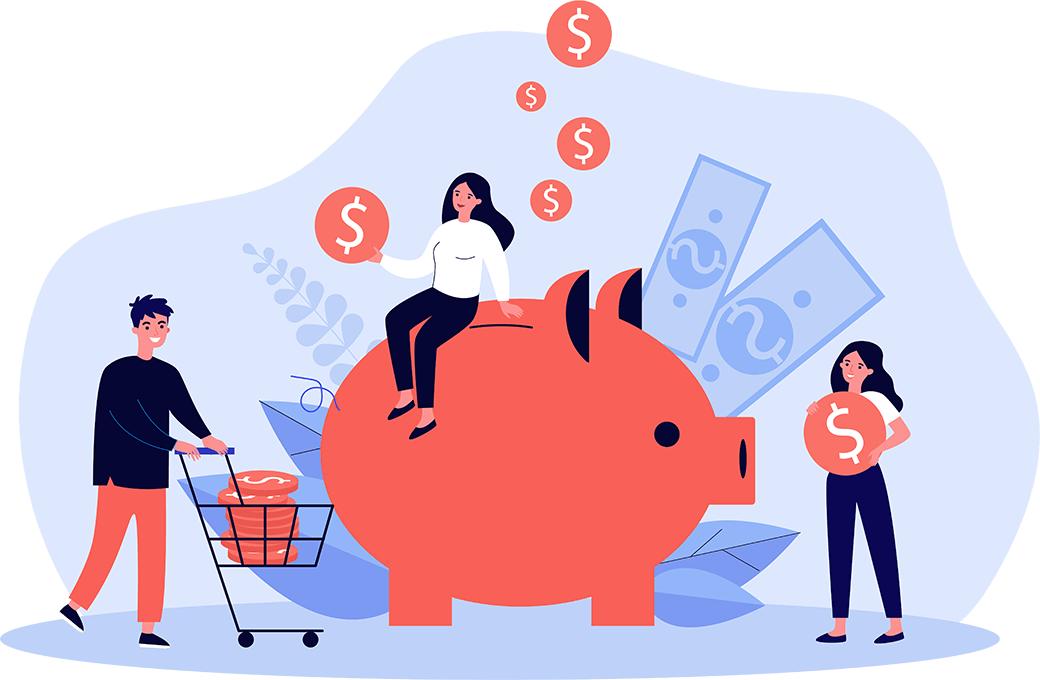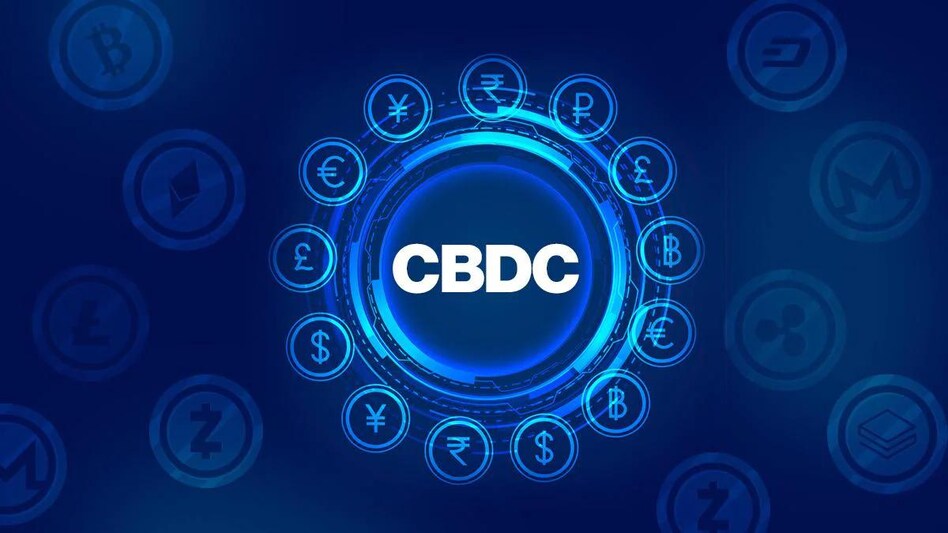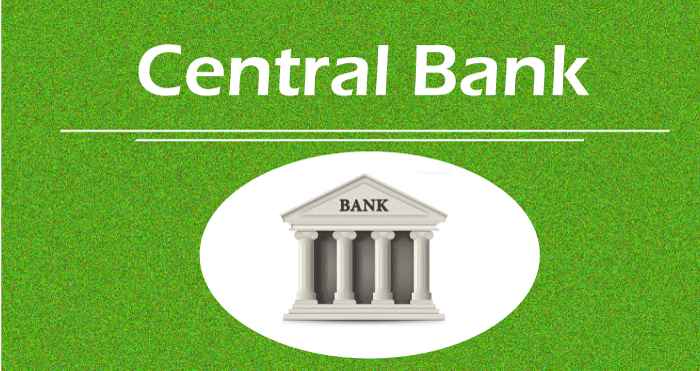Every time you borrow or save money, the effect of monetary policy on interest rates is at play. Did you know that a group of people far from your local bank holds the power to influence how much you pay for a loan or earn on your savings? That’s right. The mystery unfolds as we dive into the world of central banks and their monetary policy tools. They fine-tune the economy like a skilled musician attempting to strike the perfect chord. Stick with me as I reveal the secrets behind how these decisions move the invisible needles of interest rates. Let’s break this down into simple terms and see just how deeply these economic forces reach into your wallet.
Understanding Central Bank Decisions and Monetary Policy Tools
The Basics of Central Bank Strategy and Objectives
Central bank decisions shape our lives. They aim to keep prices stable, grow the economy, and curb job loss. How? They tweak interest rates and control how much money flows.
An Overview of Monetary Policy Instruments
The central bank’s toolkit is huge! It includes setting the rates banks use to borrow from each other, called the federal funds rate. They buy or sell government bonds, which is called open market operations. This moves interest rates.
Banks are also told to keep some money safe, not lent out. We call this reserve requirements. The central bank can also lend money to banks at the discount rate. This is a special price.
When the central bank wants more spending, they make money cheaper to borrow. This is expansionary policy. On the flip side, to slow spending and curb inflation, they make borrowing costlier. This is contractionary policy.
But why all this fuss about interest rates? Because they guide how much we spend, save, and our overall economic health. Complex stuff, right? But it touches our daily bread and butter.
For example, if you have a savings account, lower interest rates might mean you earn less on it. Or, getting a mortgage could be cheaper if rates fall. When central banks lower rates, they’re trying to boost spending. When they raise rates, they want us to pull back.
Now, let’s dig deeper into the tools. Open market operations are when central banks are out shopping or selling government bonds. This act alone can sway interest rate trends, influencing what your bank offers on savings or loans.
And about quantitative easing – that’s the central bank’s way to help when usual tricks don’t work. They buy lots of bonds to pour money into the system, aiming to grease the economy wheels.
All these tricks and tools are connected. They affect the cash rate, which influences the prime interest mechanism, impacting how much you pay for that dream home loan.
Each decision, rate tweak, or bond buy by the central bank can set off a ripple. It touches how banks operate, the finance sector’s mood, and your own pocket.
It’s a big web – the borrowing costs, the cash rate implications, and those mortgage interest rates. It’s all due to those central bank objectives and their monetary policy tools.
Seriously, it’s like they have a magic wand for the economy. But instead of spells, they’re using interest rate changes, asset purchase programs, and liquidity provision moves.
A strong economy needs the central bank to do this balancing act. It maintains growth while making sure money keeps its worth. Luckily, their plans mostly work.
In the end, it’s all about striking a balance. Central banks juggle the need for economic growth rates with the risks of inflation. And they must do it without tipping us into a slump or sky-high prices. It’s a tough job, but someone’s got to do it. And for us? We just have to roll with the changes.
The Federal Reserve Influence on Interest Rate Movements
The Fed’s Role in Adjusting Policy Rates
The central bank, known as the Federal Reserve, holds the power to shape interest rates. When they want to boost the economy, they cut rates. This makes loans cheaper. People and businesses find it easier to spend and invest. That’s what we call an expansionary monetary policy. It helps when things are slow.
But sometimes the economy is too strong. Prices begin to rise too fast. That’s inflation. To cool things down, the Fed raises rates. Loans cost more, which slows spending and investment. That’s contractionary monetary policy. The aim is to stop prices from climbing too high.
The Fed watches the economy closely. They have goals – like strong growth but not too much inflation. They change rates to hit these targets. It’s a fine balance. They don’t want to cool or heat things up too much.
Impact of Open Market Operations and Quantitative Easing
Open market operations are like the Fed’s tool for tuning the economy’s engine. They buy and sell government bonds. This moves money into or out of banks. When the Fed buys bonds, they give cash to the banks. Banks then have more to lend. It’s easier for you to get a loan.
Quantitative easing is when the Fed goes a step further. They buy lots of bonds to flood banks with cash. It’s a big push to get the economy going. Imagine it like watering plants after a drought. It’s supposed to make things grow faster.
These tools affect many rates, from what you earn on your savings to what you pay on a house loan. When the Fed buys bonds, interest drops. Your savings grow slower. But getting a house loan gets cheaper. They want you to spend or buy a house, which helps the economy grow.
These moves also influence the cash rate. That’s the cost for banks to borrow from each other overnight. A low cash rate means banks can lend to us at lower rates.
The Fed also uses something called the discount rate. This is the rate they charge banks for quick loans. Lowering this rate gives banks a safety net. It makes them more willing to lend to you and me.
When you hear about the Fed changing rates, it’s about these tools. They’re adjusting the flow of money. It’s all to keep the economy moving just right. Sometimes we barely notice. Other times, it’s a big deal for our wallets.
Remember, these tools are strong. But the Fed uses them with care. Their goal is to keep jobs plentiful and prices stable. That way, we all can plan for the future with confidence.
In summary, the Federal Reserve uses its tools to influence how much it costs to borrow money. Whether it’s taking out a loan for a car or getting a mortgage for a house, their decisions trickle down to your interest rates. The Fed aims to keep the economy balanced and growing just right. And that is something every saver, spender, and business person needs to care about.
The Dynamics of Economic Growth, Inflation, and Interest Rates
How Expansionary and Contractionary Policies Affect the Economy
Let’s dive into how central banks like the Federal Reserve try to keep our economy humming. By using tools called expansionary and contractionary policies, they can speed up or slow down how much our economy grows. Think of it like a garden hose; expansionary policy is like turning up the water to help plants grow. Contractionary policy is like turning it down so plants don’t get too flooded.
When the economy is slow and jobs are hard to find, the central bank might cut interest rates. This makes borrowing money cheaper. People and businesses can borrow more easily, spending more money, and creating more jobs. Imagine you could get a cheaper loan to start your own lemonade stand; suddenly, you’re ready to hire your friends and buy more lemons, right?
On the flip side, when the economy is too hot and prices keep rising (that’s inflation), the central bank will raise rates. That’s like your parents giving you less allowance – it’s tougher to buy that toy you wanted. By raising rates, it costs more to borrow money, so people and businesses slow down on spending. This helps keep prices from shooting up too high.
Inflation Targeting and Its Influence on Interest Rates
Now, let’s talk about inflation targeting – it’s a big deal for central banks. Here’s the deal: banks set a target for how much they want prices to rise each year. In the US, the Federal Reserve aims for a 2% inflation rate. If prices rise too fast or too slow, it can spell trouble. Either things become too pricey or businesses struggle to make profits.
If inflation is low and stable, it means your money’s value doesn’t change too much. So, if you’re saving up to buy a bike, you won’t suddenly need way more money to get it. When central banks aim for this inflation target, they adjust interest rates to keep things on track. So if prices start to soar, expect the central bank to hike up those rates to cool everything down.
In simple terms, if the central bank nails this targeting, you’ll have a clearer sense of what your savings can buy down the road. It also makes planning easier, whether you’re a family budgeting for a holiday or a business planning new products. Good inflation targeting means fewer surprises when we check price tags in the stores.
By using these policies, central banks work to balance economic growth with stable prices. They can help make sure people have jobs and that you can buy what you need without prices going wild. It’s a tricky balancing act, but when they get it right, it can mean a smoother ride for everyone’s wallets.
The Practical Implications of Monetary Policy on Your Wallet
The Ripple Effect of Policy Rate Fluctuations on Borrowing and Saving
Imagine you have a piggy bank and a toy store you love. Every time the store cuts prices, you want to spend more. That’s a bit like how the central bank’s actions make you want to borrow or save money. When the central bank, say the Federal Reserve, changes interest rates, it’s like the store changing prices. These changes touch almost everything involving money.
How do central bank decisions affect whether I borrow or save money?
Central banks decide if it’s time for the economy to grow faster or slow down. By using tools like setting interest rates, they influence your choice to save in the bank or take out a loan. When rates go down, it costs less to borrow. This is like the toy store having a sale; it’s easier to say yes to a new toy, or in our case, a new loan. On the flip side, when rates go up, your savings earn more. You think twice about spending and might save more, hoping for a bigger reward later.
These central bank actions can affect the cash rate, which is the cost for banks to lend to each other overnight. If this rate shifts, soon all sorts of other rates move too, like those on home loans and savings accounts. If the central bank sets higher rates, your bank pays you more for saving. They also charge more for home loans. It’s like getting more treats for stashing your allowance, but the bike you wanted costs more to get on credit.
Understanding Your Mortgage: Linking Federal Decisions to Personal Finance
Buying a house is a big deal. For most, it means getting a mortgage. But did you know what the Federal Reserve does can change your mortgage cost?
How does the Federal Reserve influence my mortgage interest rates?
The mortgage rate is like a price tag on borrowed money for a house. The Federal Reserve can’t set this rate directly but does affect it. When the Fed lowers its rates, banks often lower what they charge for mortgages. So, lower Fed rates can mean you pay less each month for your house loan. If they raise rates to fight off too much spending and inflation, your mortgage rate might climb too.
For example, let’s say the Fed decides to cut rates during a rough economy. Suddenly, loans cost less, and people might buy more homes. This can help spark growth, as spending helps businesses and creates jobs. But if the economy is too hot, the Fed might hike rates. This makes loans pricier. Folks may slow down on buying homes so that money isn’t spent too quickly.
Your wallet feels these moves. They make you think about if it’s a good time to borrow for a house or wait. Understanding this link helps you make smarter choices. It ties what those folks in suits decide to your dreams of a new home. And it’s crucial for planning how you use your own money. Because in the end, whether you’re saving for the future or borrowing for today, what the central bank does steers your financial ship, shaping how you can sail to your goals.
We’ve dug into how central banks, like the Fed, guide the economy. We looked at their strategies and tools, and how they tweak rates to keep things stable. When they buy or sell assets, or choose to ease up on the economy, they aim to keep prices steady and help the economy grow. We also explored how these big decisions hit your own pocket.
I think it’s clear now that these topics are not just for experts. They touch our daily lives, our plans to save, borrow, or buy a home. Knowing how it all works can help you make smarter money moves. Keep an eye on what the central banks do; it’s a big deal for your dollars!
Q&A :
How does monetary policy influence interest rates?
Monetary policy, primarily conducted by a country’s central bank, aims to control the supply of money and interest rates to maintain economic stability and achieve sustainable growth. When a central bank enacts an expansionary monetary policy, it typically lowers interest rates to stimulate borrowing and investment. In contrast, a contractionary monetary policy involves raising interest rates to curb inflation and slow down an overheating economy.
Can changes in monetary policy affect mortgage and loan rates?
Yes, changes in monetary policy can have a direct effect on mortgage and loan rates. When a central bank raises interest rates through its monetary policy actions, it becomes more expensive for consumers and businesses to borrow. As a result, mortgage rates tend to increase. Conversely, when the central bank lowers interest rates, the cost of borrowing decreases, which can lead to lower mortgage and loan rates, making them more affordable for borrowers.
What is the relationship between the Federal Reserve’s actions and interest rates?
The Federal Reserve (the Fed), which is the central bank of the United States, plays a critical role in influencing interest rates through its monetary policy decisions. When the Fed decides to raise the federal funds rate, the interest rates across the economy, including those for savings accounts, credit cards, and loans, tend to go up. If the Fed lowers the federal funds rate, the opposite occurs—the borrowing costs for individuals and businesses typically decrease, promoting spending and investment.
How do interest rate changes impact the economy?
Changes in interest rates can significantly impact economic activity. Higher interest rates can lead to reduced spending and borrowing, which can slow economic growth and reduce inflationary pressure. On the other hand, lower interest rates usually encourage consumers and businesses to borrow and spend more, stimulating economic growth. However, if interest rates are too low for too long, it can lead to excessive borrowing and potentially contribute to asset bubbles.
Why might a central bank decide to keep interest rates low?
A central bank may decide to keep interest rates low to stimulate economic activity during a period of slow growth or recession. Low-interest rates can encourage borrowing and investing by making credit more affordable. This can lead to increased consumer spending, business expansion, and higher employment levels, contributing to economic recovery. Additionally, low rates can also help combat deflationary pressures by encouraging spending rather than saving.






